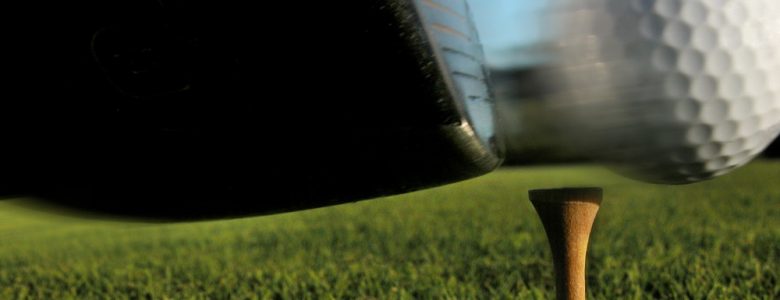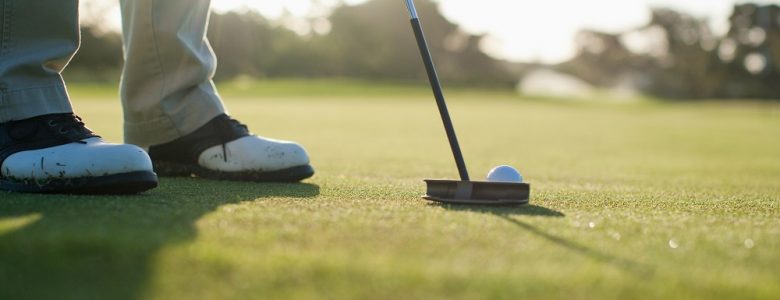Watch the game’s best players in action, and you’ll struggle to find one who doesn’t have a pre-shot routine of some kind.
Why? Well, they’ll tell you that having a consistent drill ahead of each shot helps them to focus, and that when the pressure is on or the nerves are jangling, a structured routine keeps them in the moment.
Some critics argue that having a good pre-shot routine only make you good at… well, pre-shot routines.
However, whilst such drills won’t rid your game of certain shots – like the wild slice or duck hook – it’s widely accepted that they have certain benefits, and that golfers of all levels should have a pre-shot routine of their own.
These drills needn’t take long. In fact, they probably shouldn’t exceed more than 15 to 20 seconds, and once you have a drill that you’re comfortable with, it needs to be your ‘go to’ before each shot. Stick with it and use it for each club in the bag.
Here’s everything you need to include in a pre-shot routine.
Stage 1: Think
Observe the professionals closely and you’ll note how there are several distinct stages to their pre-shot routine.
It starts with the ‘thinking’ stage. The player will decide which shot to play and what club to hit, taking into account what’s in front of them and what the wind might be doing.
Employing this strategy will, in theory, allow you to focus on playing the shot when you step forward.
You might want to start considering the above a few yards back from your ball, perhaps by your golf bag. Doing so will help you to cover each stage properly.
Stage 2: Feel
So, you’ve decided on hitting driver.
When you take a couple of steps forward, you’ve put the thinking part to bed. Now you’re going to get a feel for the shot you’re about to play.
It’s not uncommon for club golfers and high handicappers to take a good few mighty swipes at this stage, but the better players tend to rehearse a certain move.
The idea is to build that confidence for the shot you’re about to play. It might be you have a move that helps you to play a cut, or a position you like to feel in your backswing. Crucially, you’re not doing any more thinking at this stage – rather, you’re visualising the perfect shot, whether that’s a soft fade or a slinging draw.
At this point, we should advise you to begin your pre-shot routine, especially steps 1 and 2, while playing partners are playing their shots, rather than waiting until it’s your turn to play.
Stage 3: Play
With all your prep work done, the final stage is the execution of the shot itself.
Many amateur golfers and high handicap golfers will twitch about too much at this point, spending too long focusing on the ball and not the target.
Ideally, you don’t want too many swing thoughts running through your head. Just check your set-up, take a couple of looks, and pull the trigger.
Rehearse it
Not everyone has the same pre-shot routine, but most Tour professionals would have a variation of the above, where they do their thinking before stepping forward.
They may have a trigger word, a point at which they know they’re ready to play the shot.
It takes time to perfect pre-shot routines – they’re not just cobbled together in a hurry, or at least they shouldn’t be.
To find a pre-shot routine that works for you, it’s generally recommended that you rehearse it on the driving range before taking it to the course.
Keep using it on the range when you’re practising, too, so that it becomes second nature.
Stick with it
Finally, once you’re comfortable with your pre-shot routine, don’t be afraid to put it into action.
Better players and professionals have a very structured routine that they use on every shot.
Amateur golfers may start off with one, but they tend to flit between the full version and something different, often ending the round without even using one.
Regardless of what level you play at, a pre-shot routine can help you to focus. The professionals have one, so why shouldn’t you?






